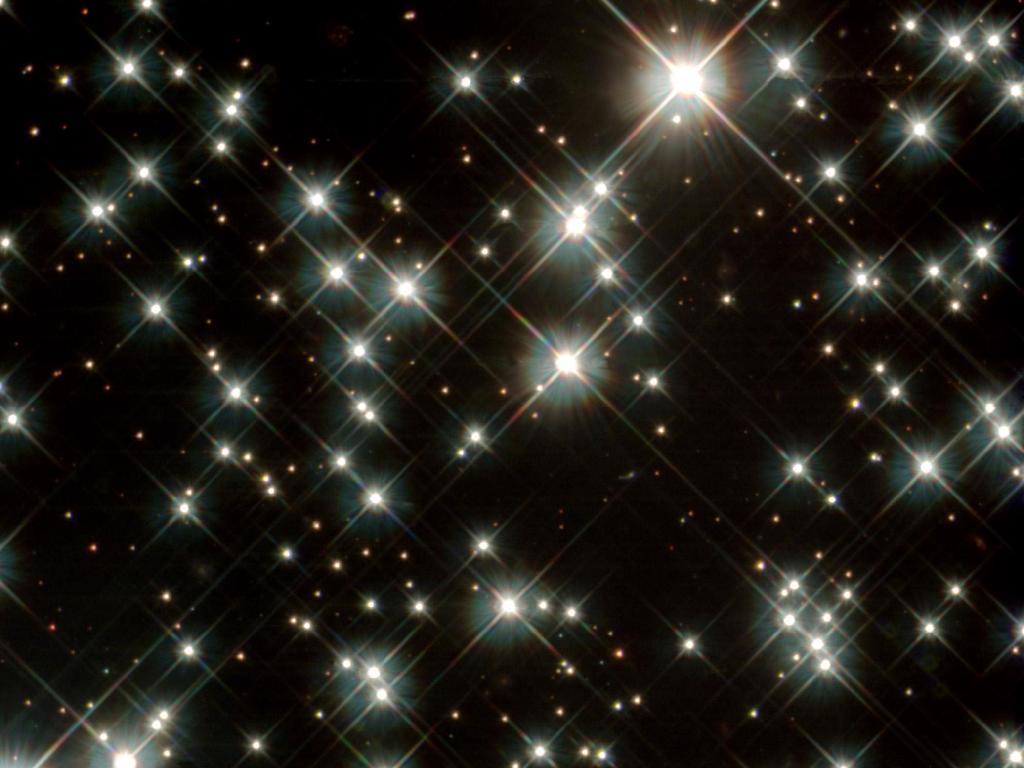Black dwarf stars: The (theoretical) end of stellar evolution
The ultimate stage of stellar evolution for many stars is a black dwarf. Because they emit no heat or light, these objects would be a challenge to detect if they existed today. However, black dwarfs take quadrillions of years to form. At less than 14 billion years old, the universe is still too young to have created any black dwarfs.
A main sequence star that lacks the mass necessary to explode in a supernova will become a white dwarf, a 'dead' star that has burned through all of its hydrogen and helium fuel. But the white dwarf remains hot for some time, much like a stove burner still emits heat even when it has been turned off.
After an extremely long time, all of the leftover heat will have radiated away. No longer emitting heat or light, the white dwarf will become a black dwarf. Because it emits no radiation, it is nearly impossible to see. However, the black dwarf would still retain its mass, allowing scientists to detect the effects produced by its gravitational field.

But there's no need to start searching for the elusive black dwarfs yet. At the moment, they're strictly theoretical. Scientists have calculated that a white dwarf will take at least a hundred million billion years to cool down and become a black dwarf, according to astronomer Ethan Siegel.
Even if a white dwarf had formed at the moment of the Big Bang — which is impossible, since a star must pass through several evolutionary stages that take at least a billion years total — it would still be a white dwarf today, having not yet sufficiently cooled.
Brown dwarfs, objects too small to have reached the point of fusion, were once called black dwarfs.
A black dwarf should not be confused with a black hole or a neutron star, both of which have been observed.
Additional resources:
- Learn more about the life cycle of stars from NASA's Imagine the Universe.
- Learn how stars are classified at this page from the University of Utah.
- Read more about star life and death from the National Radio Astronomy Observatory.
This article was updated on Dec. 13, 2018 by Space.com Contributor Adam Mann.
Join our Space Forums to keep talking space on the latest missions, night sky and more! And if you have a news tip, correction or comment, let us know at: community@space.com.
Get the Space.com Newsletter
Breaking space news, the latest updates on rocket launches, skywatching events and more!

Nola Taylor Tillman is a contributing writer for Space.com. She loves all things space and astronomy-related, and enjoys the opportunity to learn more. She has a Bachelor’s degree in English and Astrophysics from Agnes Scott college and served as an intern at Sky & Telescope magazine. In her free time, she homeschools her four children. Follow her on Twitter at @NolaTRedd










